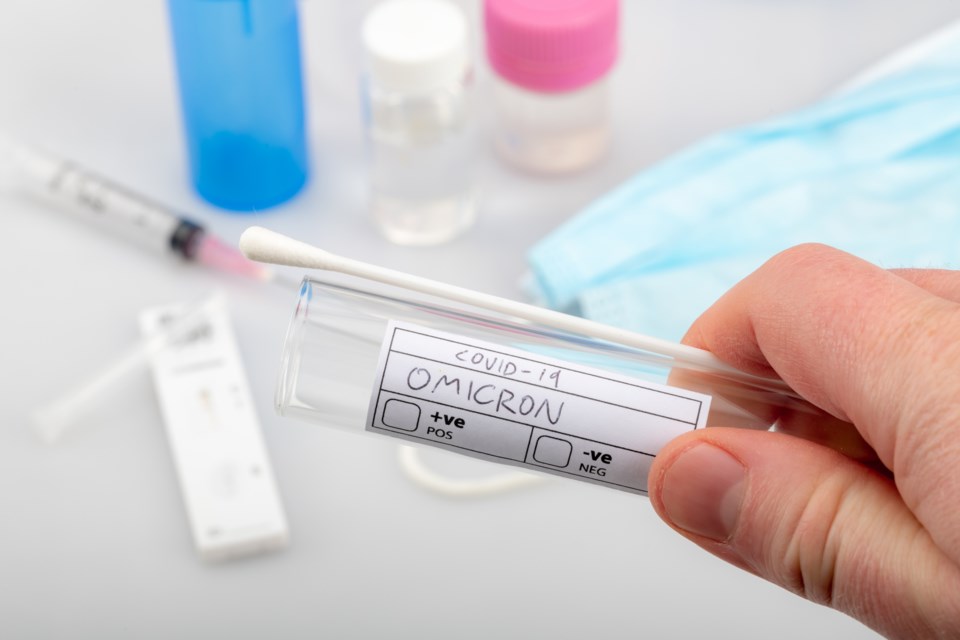REGINA — Saskatchewan is moving forward in the plan to start “living with COVID” according to Health Minister Paul Merriman, which includes changes to the way residents are asked to react after testing positive for the virus.
Merriman appeared in a virtual press conference alongside chief medical health officer Dr. Saqib Shahab on Jan. 27 to announce change to the current public health order regarding isolation requirements, which will come into effect on Jan. 28.
Mandatory isolation following any kind of positive COVID-19 test was reduced to five days regardless of vaccination status, and all close contacts are no longer required to self-isolate at all.
Previously, the isolation period was set at five days for vaccinated individuals and ten days for unvaccinated, and only vaccinated close contacts were cleared for no self-isolation period.
Shahab clarified that the new guidelines will apply to those who test positive but are asymptomatic and will rely on increased self-monitoring and at-home rapid testing from residents.
“This kind of simplifies the process, in terms of minimizing risk of transmission,” said Shahab.
Guardians will also no longer be required to report positive COVID test results to schools, just weeks after officials made the switch to self-reporting positive cases to division offices.
Shahab said that the decision to land on a five-day isolation period stems from data analysis of previous COVID infections in the province.
“For most people, we know that five days is sufficient to become non-infectious and continue or restart work or school in a safe manner,” said Shahab.
Merriman described the loosening of isolation requirements as a reaction to the current state of virus transmission, which he said is always “evolving.”
He said the government is changing its policies to better react to the Omicron variant, as it is “different from Delta” and the fourth wave this fall.
“We have to continually adapt to what we’re seeing in front of us, what the real data is explaining and showing us right now,” said Merriman. “What we're seeing this week is different from what we saw three weeks ago, and three weeks from now it might be very different again.”
The health minister said the province's decisions are being guided as the COVID-19 infection rate evolves, and the choice to begin loosening some restrictions is meant to continue other efforts to “protect our health care system.”
“We’re continuously looking at what Omicron is bringing to Saskatchewan, looking at other jurisdictions and provinces to see what is working and what is not working,” said Merriman.
The message from health officials moving forward will focus on “personal risk assessment,” said Merriman, leaving monitoring and decisions “up to each individual person.”
Shahab said that public health will be monitoring COVID-19 “similar to other respiratory illnesses like influenza,” with a focus on individual case management at home rather than focused involvement from health officers.
“I think everybody would breathe a sigh of relief if we could put COVID behind us and not necessarily forget about it, but understand how to live with it,” said Merriman.
Shahab said that a plan to live with COVID will depend on the risk levels of case transmission as it evolves.
The new isolation guidelines are the only changes announced today, after Premier Scott Moe teased that the government may be considering lessening other public health orders during a radio appearance on Wednesday.
Currently, all public health orders in place, including masking mandates and proof of vaccination requirements, are to remain in effect until the end of February.




